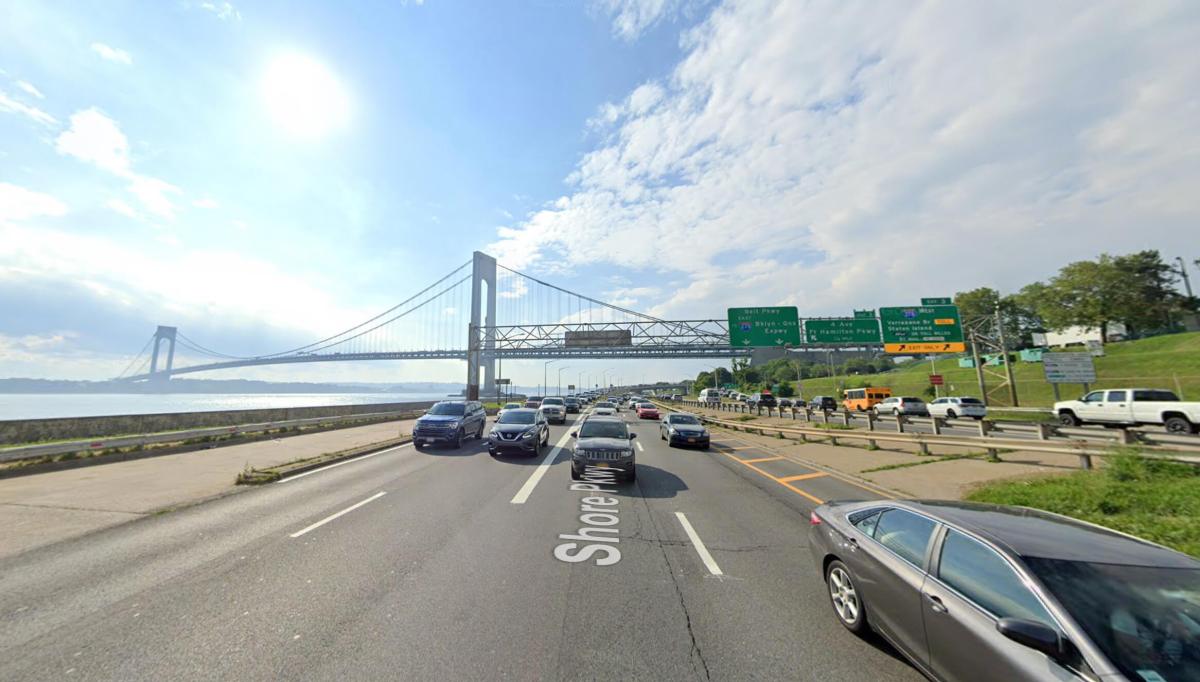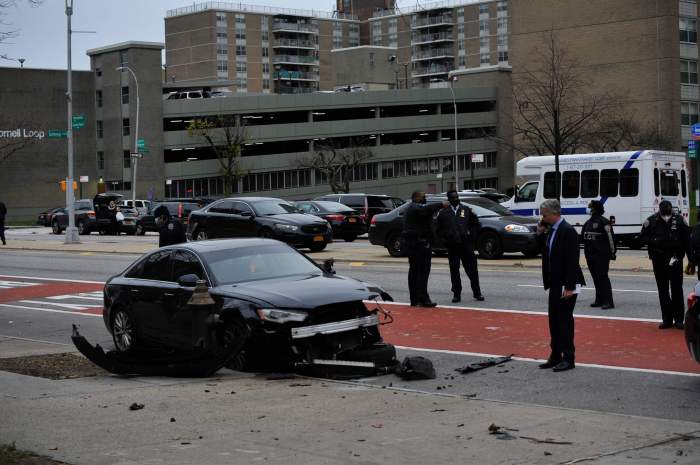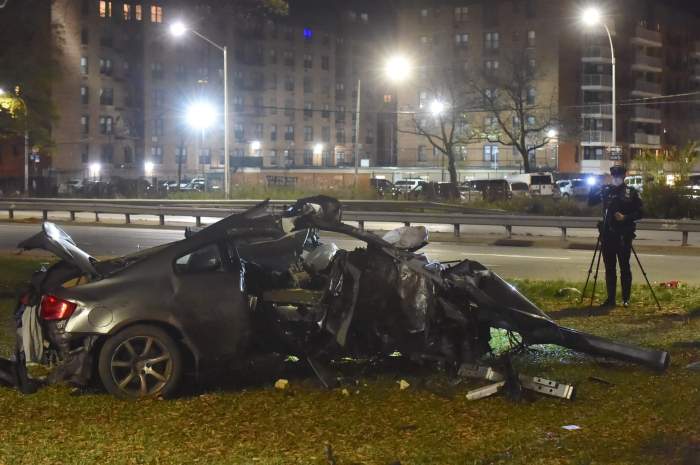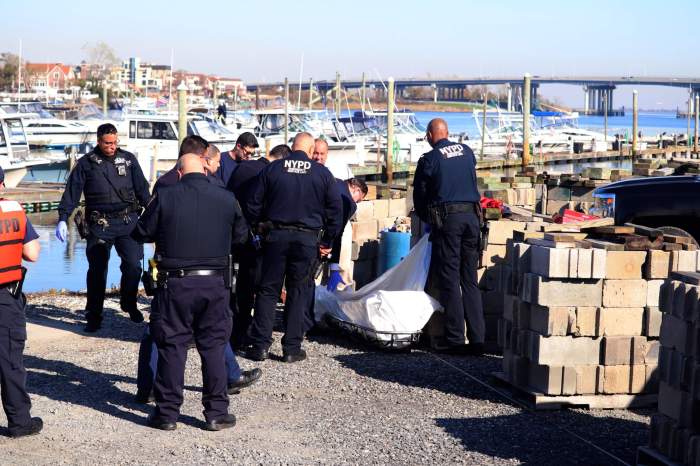Bridge bigwigs with the Metropolitan Transportation Authority want to widen the Belt Parkway near the Verrazzano-Narrows Bridge in Brooklyn in order to make an almost 2-mile stretch of the highway safer for drivers and reduce congestion — but advocates lambasted the $82-million scheme saying it will only encourage more people to get behind the wheel.
“If we’re going to be serious about addressing climate change, then we should put our money where our mouth is and encourage fewer people to drive,” Liam Blank of the Tri-State Transportation Campaign told amNewYork Metro.
The proposal is part of the MTA’s $51.5 billion 2020-2024 capital plan, but was largely overlooked until transportation engineer Will Farrell unearthed it on social media Tuesday.
“Yes, you heard that right: New York is still widening highways in the year 2021 as we hurtle ever closer to irreversible climate change,” Farrell wrote on Twitter.
https://twitter.com/wjfarr/status/1415119788242784258
MTA’s Bridges and Tunnels division wants to add an “auxiliary lane” on the eastbound side of the Belt Parkway from where the exit ramp of the bridge merges with the highway all the way to the Bay Parkway exit.
The change aims to address the current lane drop from four to three lanes as traffic merges coming off the span, which creates an unsafe bottleneck, according to officials.
“The Belt Parkway will be widened between its east-bound VNB merge ramp and the Bay Parkway exit to eliminate its substandard traffic merge, reducing traffic congestion and improving motorist safety,” the plan states.
Blank and other advocates denounced the strategy for repeating an age-old mistake by government highway builders of trying to ease traffic by adding more lanes to unclog gridlock.
As early as the 1960s, traffic engineers have found that building out road infrastructure encourages more people into cars, a phenomenon dubbed induced demand, also known as induced travel, which exacerbates pollution and global warming.
“Highways are anti-climate infrastructure and whenever you expand a highway you’re essentially doubling down on fueling the climate crisis,” said Brian Hedden, co-founder of the advocacy group Bike South Brooklyn.
Transit honchos should instead encourage more bicycling and improve public transportation, for example by allowing cyclists and pedestrians to cross the Verrazzano Bridge — which is currently only open to motor vehicles — or turn two of the span’s 13 lanes into bus-only paths to speed up cross-borough commutes, said Hedden.
“The MTA is supposed to be the agency that facilitates movement by transit and is supposed to help New Yorkers get out of their cars into more efficient methods of transportation like subways and buses,” said Hedden a longtime advocate for more access on the massive bridge.
MTA spokesman Aaron Donovan said the change is primarily aimed at updating the road and bringing the traffic merge up to modern safety standards.
“Our primary concern is to improve safety – by keeping infrastructure in a state of good repair and improving roadway configuration. For example, eliminating a merge that does not comply with modern design standards is expected to reduce the risk of collisions,” Donovan said.




































